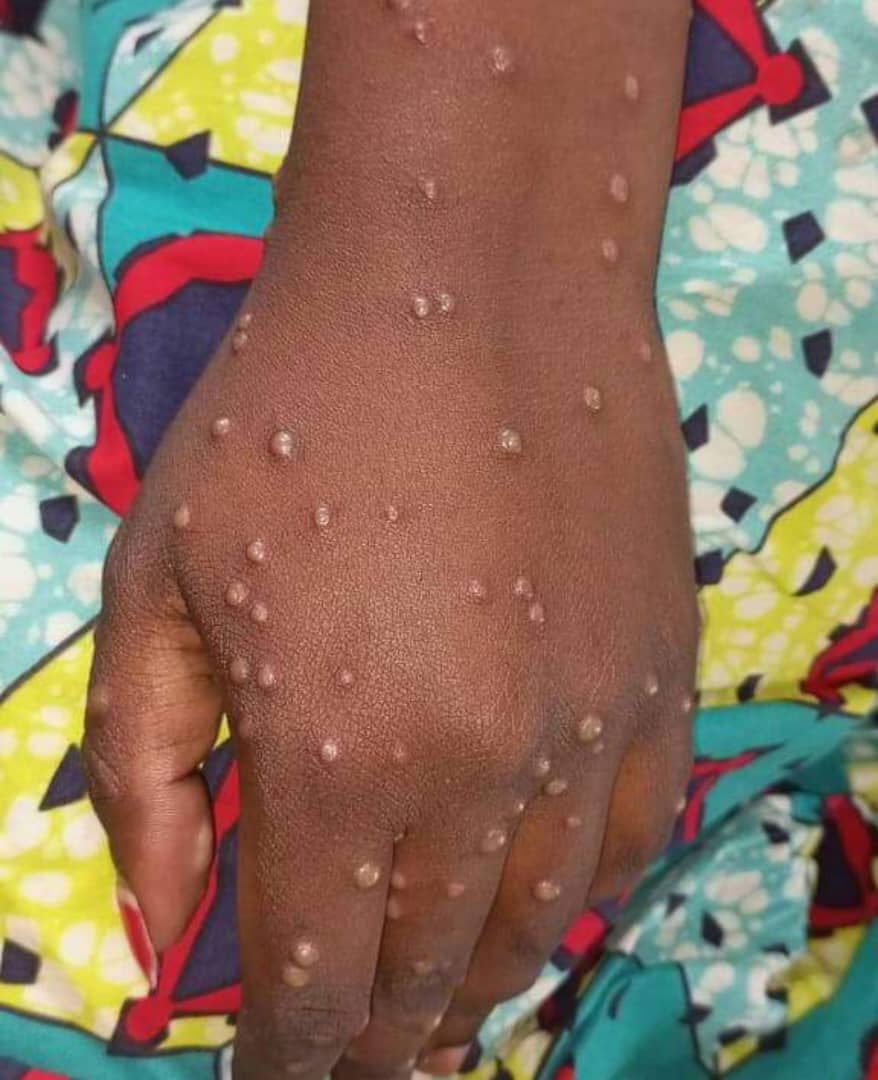
Monkypox reappears in Congo
Monkeypox Resurgence in Congo: Navigating the Challenges of the Re-emerging Health Crisis
The year 2024 will have been marked by the reappearance of monkeypox in the Democratic Republic of Congo, a disease that recently struck the country in 2019, when 5,288 cases were recorded and a total of 107 deaths. Since January 2023, the number of suspected cases of simian smallpox has doubled to 12,569 reported cases, including around 600 deaths (WHO).
The country, which is gradually recovering from the Ebola epidemic crisis, characterized by high contagiousness, high mortality and a serious deterioration in the socio-economic situation of the population, is now faced with another epidemic spreading at high speed.
Already in November, the endemicity of this disease was recorded in 14 of the country’s 26 provinces. According to World Health Organization (WHO) classification, there are two known clades of MPXV: clade I, previously known as the Congo Basin clade, and clade II, known as the West African clade. Clade II itself has two sub-clades.
Epidemiologically, monkeypox is an infectious disease caused by the monkeypox virus (MPXV). It is endemic in the densely forested areas of West, Central and East Africa, particularly in the northern and central regions of the Democratic Republic of Congo.
The incubation period can vary from two to 21 days, although other people may come into contact with the infection without any symptoms appearing. In the case of simian smallpox, the most recurrent symptoms are fever, muscle aches and sore throat, which appear first, followed by a cutaneous and mucous rash. Another characteristic sign is lymphadenopathy (swollen lymph nodes).
In the DRC, human-to-human transmission of monkeypox through close contact has been reported since the 1970s, mainly in small outbreaks at family or community level, thought to be due to zoonotic transmission. Monkeypox is transmitted from a sick animal to humans, or through contact with skin rashes, blood or the animal’s bodily fluids.
According to experts, this is the first time that a clade I MPXV infection has been linked to sexual transmission within an epidemic outbreak. As Dr. Kasita, in charge of operations for the Monkypox incident management system, points out, the transmission of Monkypox cases in the Kamituga health zone is sexual.
Susceptible groups include children, women and people with weakened immune systems, who are at high risk of complications and death from simian smallpox. The reasons for this expansion, which affects men, women and children, are still largely unknown. The rapid spread of the new epidemic among sex workers is a cause for concern.
In some circles, it is becoming increasingly difficult to distinguish simian smallpox from other infections and conditions, as the symptoms can often be similar. It is therefore important to distinguish smallpox from chickenpox, measles, skin infections, scabies, etc., from other sexually transmitted infections and from certain drug-related allergies.
A person with simian pox may also have another sexually transmitted infection, and a child or adult suspected of having simian pox may also have chickenpox. Hence the need for testing to enable people to receive care as early as possible, and thus prevent the spread of infection.
Treatment is based on treating rashes, managing pain and preventing certain complications. For severe cases and individuals at high risk of complications, treatment with antiviral drugs such as tecovirimat is often used and recommended.
Other measures are still recommended for management and prevention, such as strengthening monkeypox surveillance throughout the country, building the capacity of health workers, monitoring contacts of confirmed clinical cases, and genetic sequencing of MPXV samples to better understand circulating viral strains and distinguish them from other similar infections.
To date, some of the areas affected by the epidemic are experiencing various problems related to the management of this disease. These include lack of inputs, no isolation units for patients, inadequate risk communication and community involvement, lack of hand hygiene kits in schools and other hot spots, and lack of condoms.
In terms of communication and awareness-raising, it should be noted that prevention also depends on good communication. Here, we need to promote communication between health personnel and communities where probable cases may be reported, by providing information on the consequences of monkeypox.
Risk communication and social and community mobilization are therefore of great importance in addressing the risk posed by the modes of transmission identified. Especially in forest regions where bushmeat consumption is high, this undoubtedly increases exposure to community epidemics.
